
Fall Mulch Pros and Cons: Is It a Holy Grail or an Epic Fail?
Published: 10/09/2024 | Updated: 10/09/2024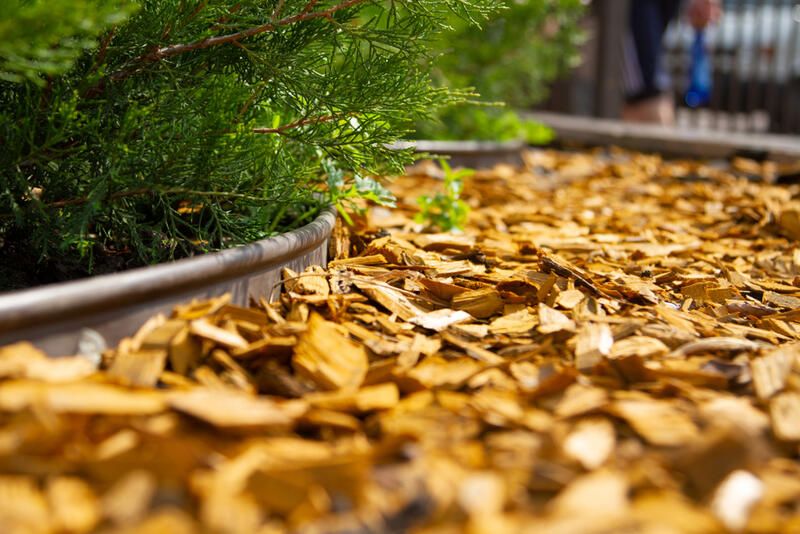
Key Highlights
- Fall mulching offers a plethora of benefits for your garden, including safeguarding plant roots from harsh winter conditions.
- The timing of fall mulching is crucial, ideally done in late fall after the ground has frozen to maximize its effectiveness.
- Choosing the right mulch type is essential, with options like wood chips, grass clippings, and pine needles offering various advantages.
- Understanding the pros and cons of organic versus inorganic mulch can help you decide the best fit for your gardening needs.
- Beyond insulation, fall mulching provides weed suppression, moisture retention, and soil enrichment, contributing to a healthier garden overall.
Introduction
As summer bright colors turn into the warm shades of autumn, we need to think about getting our gardens ready for winter. One important task that people often forget is fall mulching. Fall mulching is not just about making the garden look nice. It also helps keep soil moisture, protects plant roots, and keeps your garden beds healthy during the cold seasons.


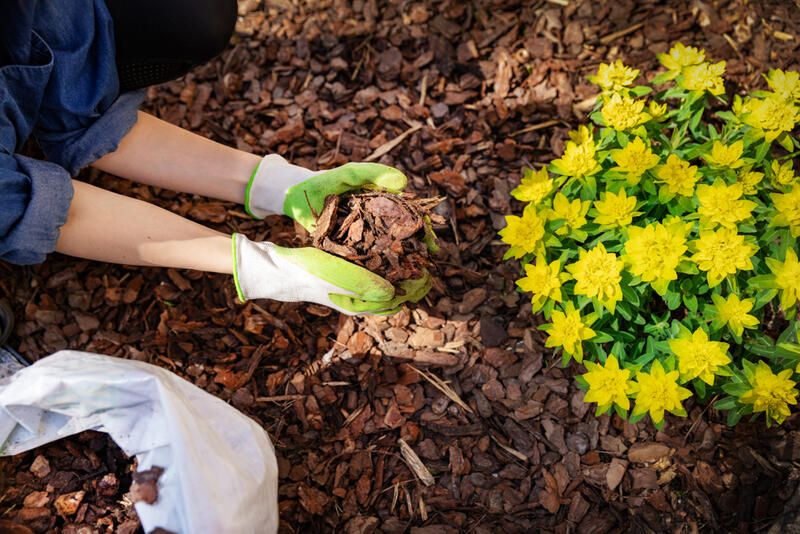
Understanding the Importance of Fall Mulching
Fall mulching is like wrapping your garden up for a long winter sleep. When it gets colder, a layer of mulch covers the ground. This acts as a blanket to protect plant roots from frost heave, which is when the soil expands and contracts. The insulation from the mulch keeps the soil temperature steady. This prevents sudden changes that could stress the plants.
Also, fall mulching helps keep the soil moist. It lowers the chance of soil drying out during winter. Dry winds can take away moisture from the ground, making plants thirsty and weak. Mulch works as a cover that slows down evaporation. It ensures that plant roots get the moisture they need. This moisture retention is vital for your plants to stay healthy, especially during dry spells or when there is little snow.
The Role of Mulch in Protecting Plant Roots
Think of mulch as a warm winter coat for your plant roots. It provides insulation against cold temperatures. The layer of mulch stops the ground from freezing too fast or too deep. This helps lower the risk of frost damage to the roots.
When the ground freezes and thaws a lot, the soil can shift. This pushes plant roots upwards and exposes them to the cold. Mulch reduces this shifting. It keeps the underground temperature steady, allowing the roots to rest through the winter. This is important for the plants. Damaged roots can't absorb water and nutrients well, which can hurt the plant's health.
By keeping a stable soil temperature, mulch creates a friendly space for helpful microorganisms and earthworms. These organisms are vital for breaking down organic matter and releasing nutrients. This process helps your plants and supports the long-term health of your garden soil.
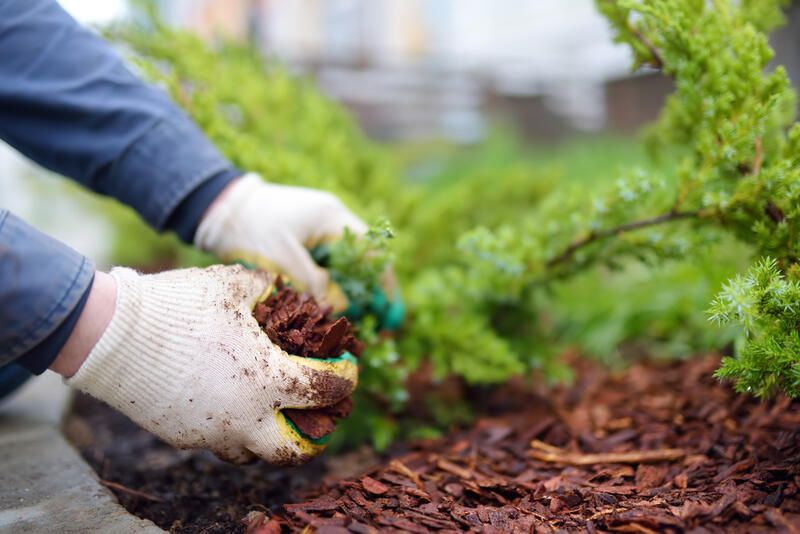
How Mulching Affects Soil Temperature and Moisture Levels
Mulch helps keep the temperature of the soil just right. It keeps the soil cool in summer and warm in winter. In fall, the soil under the mulch cools slowly. This lets plant roots get used to the change in seasons without a sudden shock. This is important for plants that are not very strong or those that can't handle quick temperature changes.
Mulch also helps to keep the soil moist. In winter months, there might be less rain, and dry winds can make the soil dry too. Mulch acts as a cover that stops water from evaporating quickly. This way, it makes sure plant roots have a steady water supply throughout winter.
It’s very important to keep the soil moist for the health of plant roots, especially during winter when they can't absorb water as easily. A steady moisture supply prevents winter drying. This means plants won't lose too much water from their leaves and needles faster than they can take it in from the roots, which could harm or kill them.
Optimal Timing for Fall Mulching
Timing is very important for fall mulching. It is usually best to wait until the ground freezes about two inches deep. If you add mulch too early, while the soil is still warm, it can attract pests and promote fungal diseases.
Mulching in late fall, when the soil is consistently cold, helps keep a stable environment during the winter months. This prevents the soil from going through many freeze and thaw cycles, which can harm plant roots.
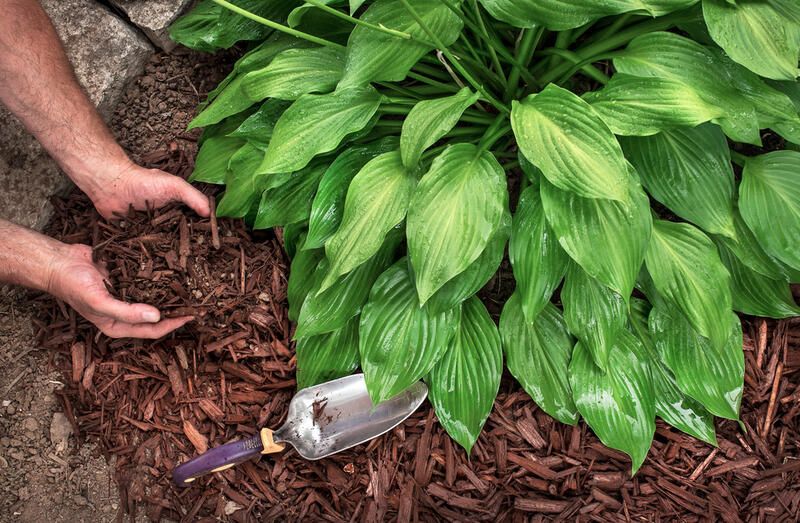
Identifying the Right Time to Apply Mulch in the Fall
The best way to know when to mulch in the fall is to watch nature and think about your local weather. You should wait until after the first hard frost. This is when the ground becomes firm and cold, but before the coldest weather hits. This helps the soil cool down slowly, getting plants ready for winter. Mulching at this time keeps the ground heat, so soil temperature stays steady.
Applying a layer of mulch in late fall also helps to keep pests away. Many insects and small animals look for warm places in the mulch when it gets colder. If you wait until these pests have moved to their winter spots, you can lower the chance of them coming to your garden beds.
Another good thing about fall mulching is that you won't need to mulch in the spring. If you create a nice layer of mulch in the fall, your garden beds will stay well-protected during the winter months. This way, you can focus on other gardening tasks when spring arrives and the weather gets warmer.
The Impact of Climate Zones on Mulching Schedules
Gardeners living in warm areas with mild winters may need to change their mulching plans. In places where the ground does not freeze often, a light layer of fall mulch could work well for insulation and moisture retention. It's a good idea to ask local gardening experts or your agricultural extension office for tips that fit your area's climate.
On the other hand, those in colder regions with tough winters should use a thicker layer of fall mulch. This is especially important for delicate plants. A thicker mulch layer can better protect against freezing weather and frost. In areas with a lot of snow, make sure the mulch is not too deep. Too much mulch can trap moisture and cause root rot.
Knowing your climate zone is key for deciding when and how much fall mulch to use. Things like average low temperatures, dates of frost, and how long the snow stays can affect how well mulching works. Being aware of these details can help keep your garden healthy and strong during the winter months.
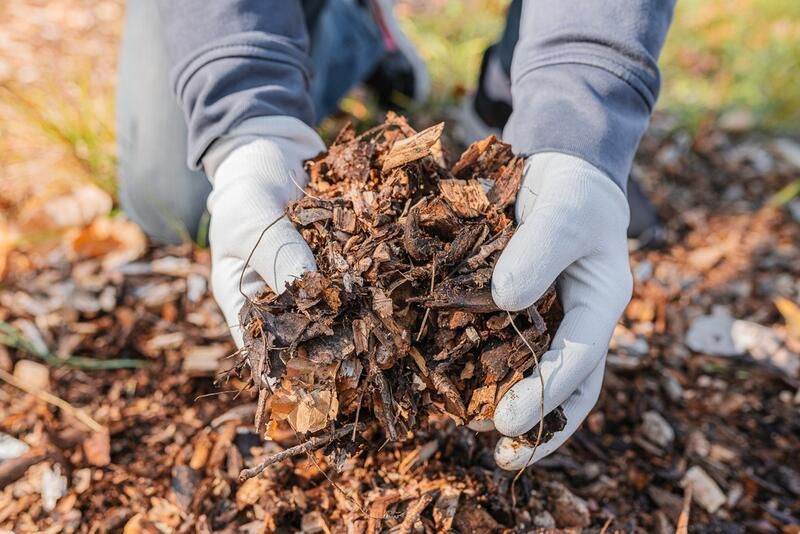
Types of Mulch Suitable for Fall Application
Choosing the right mulch for your fall garden is very important, just like the timing. Mulch generally comes in two types: organic and inorganic. Both have their benefits and downsides.
Organic mulch is made from natural materials like wood chips, bark, or leaves. It breaks down slowly and improves the soil over time.
On the other hand, inorganic mulch includes options like gravel or stone. This type lasts longer and doesn’t need to be replaced as often. However, it doesn’t add nutrients to the soil like organic mulch does. Your decision will depend on what your garden needs and what you prefer.
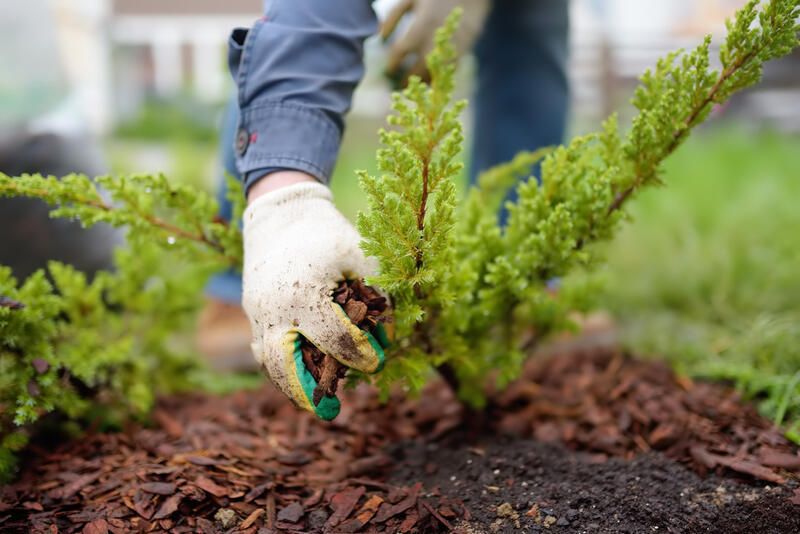
Pros and Cons of Organic vs. Inorganic Mulch
Organic mulch comes from natural, once-living materials. It breaks down over time and adds good organic matter to the soil. This process helps the soil by improving its structure, drainage, and nutrient content. However, organic mulch must be added again more often since it decomposes. This means it’s a regular task for gardeners.
On the other hand, inorganic mulch comes from mineral sources and does not decompose. It provides lasting weed control and looks good with little maintenance. This makes it a great choice for gardeners who want low-maintenance solutions. However, inorganic mulch does not add any nutrients to the soil like organic mulch.
Here’s a quick comparison of the good and bad points:
Organic Mulch:
Pros:
- Improves soil structure, drainage, and fertility.
- Helps control soil temperature and keeps moisture well.
- Safe for the environment as it breaks down.
Cons:
- Needs to be added regularly because it decomposes.
- If not used correctly or at the right time, it may attract pests.
- Some types may break down quickly, which means more frequent use.
Inorganic Mulch:
Pros:
- Lasts longer and needs less frequent replacement.
- Stops weed growth effectively.
- Gives a tidy look to garden beds.
Cons:
- Does not help the soil’s structure or fertility.
- Can become hot in sunny areas, which might hurt plants.
- May cost more at first than organic options.
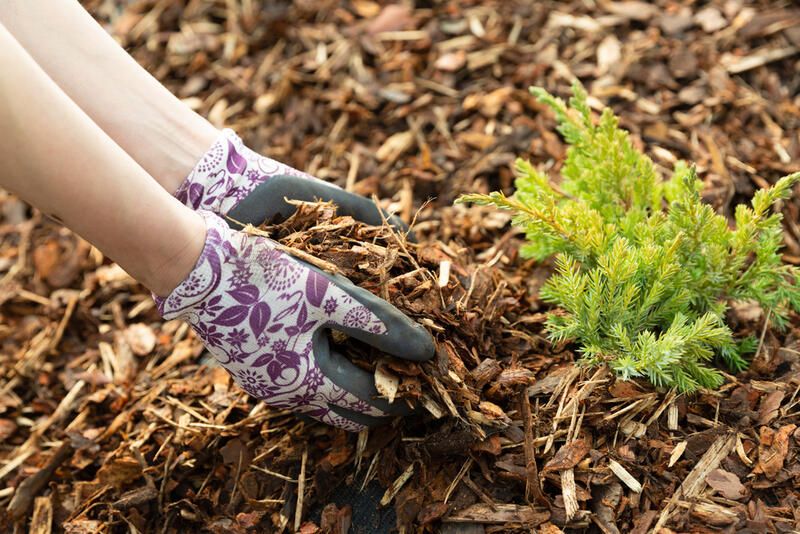
Top Picks for Autumn Mulching Materials
When selecting the right mulch for your autumn needs, it’s helpful to consider the specific benefits of each type. Wood chips, a readily available and affordable option, are excellent for retaining moisture and moderating soil temperature. They decompose slowly, making them a good choice for long-term use around trees and shrubs.
Grass clippings, a byproduct of lawn care, can be used as a free mulching solution. High in nitrogen, they decompose quickly, enriching the soil. However, apply them in thin layers to prevent matting and unpleasant odors. For acid-loving plants like rhododendrons and blueberries, pine needles offer an ideal solution. Their structure enhances soil drainage and aeration while providing a natural, acidic environment.
Here’s a quick reference table:
|
Mulch Type |
Pros |
Cons |
Best Use |
|
Wood Chips |
Long-lasting, good moisture retention, moderate decomposition |
Can harbor pests if not aged properly |
Around trees and shrubs |
|
Grass Clippings |
Readily available, high in nitrogen, quick decomposition |
Can mat and create odor if applied too thickly |
Around vegetables and annuals |
|
Pine Needles |
Acidic, improve drainage and aeration, aesthetically pleasing |
Can be blown away easily in windy areas |
Around acid-loving plants |
Conclusion
In conclusion, fall mulching is very important. It helps protect plant roots and keeps the soil temperature and moisture at the right levels. It's essential to pick the right time for mulching in the fall. You should think about your climate zone and the kind of mulch you want to use. Organic mulch has natural benefits. Inorganic mulch can be useful too. Choosing the right mulching materials is key for the best results. Share this helpful info on social media. This will help other gardeners make good choices about fall mulching and keep their gardens thriving through the seasons.
Frequently Asked Questions
What are the benefits of mulching in the fall?
Fall mulching is good for a few reasons. It helps keep the soil moist and protects plant roots from very hot or cold temperatures. It also stops weeds from growing and prevents soil erosion. Depending on the mulch you choose, it can add important nutrients, like nitrogen, to the soil.
How does fall mulching prevent weed growth?
A thick layer of mulch keeps sunlight from hitting the surface of your soil. This makes it hard for weed seeds to grow. With less weeds, you won’t have to do as much weeding in your garden beds. This will save you time and effort.
Can mulching in fall help with pest control?
Natural mulch can help good insects live in your garden beds. Putting down natural mulch in the fall, after the ground freezes, can also stop pests from staying in your garden beds during winter. This keeps your perennials safe from damage.
How much mulch should be applied to be effective?
A layer of mulch that is 2 to 4 inches thick is usually best for garden beds. You should not pile mulch right against the tree trunk. This can trap moisture and might hurt the tree.
At ShrubHub, we specialize in creating custom outdoor spaces that fit your lifestyle and preferences. If you’re considering adding a putting green to your backyard, our expert team is here to help you every step of the way, from design to installation. We offer a wide range of services, including 3D custom landscape designs that bring your vision to life and a variety of high-quality materials to ensure your putting green is built to last.
Explore our website at ShrubHub.com to learn more about how we can help you create the backyard of your dreams. Whether you're looking for professional advice, design inspiration, or a trusted team to bring your ideas to life, we're here to make it happen. Contact us today to get started on your backyard transformation!


